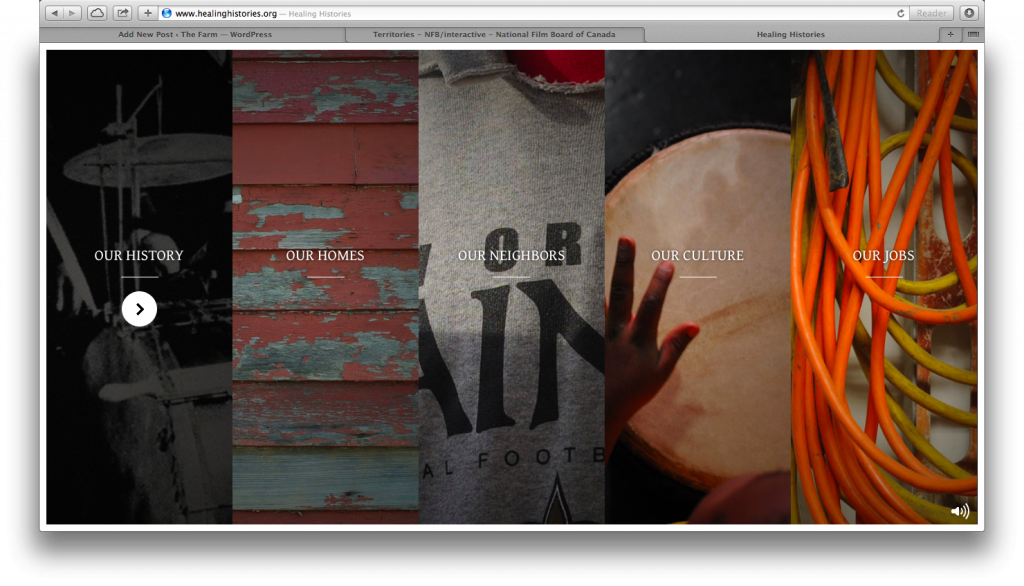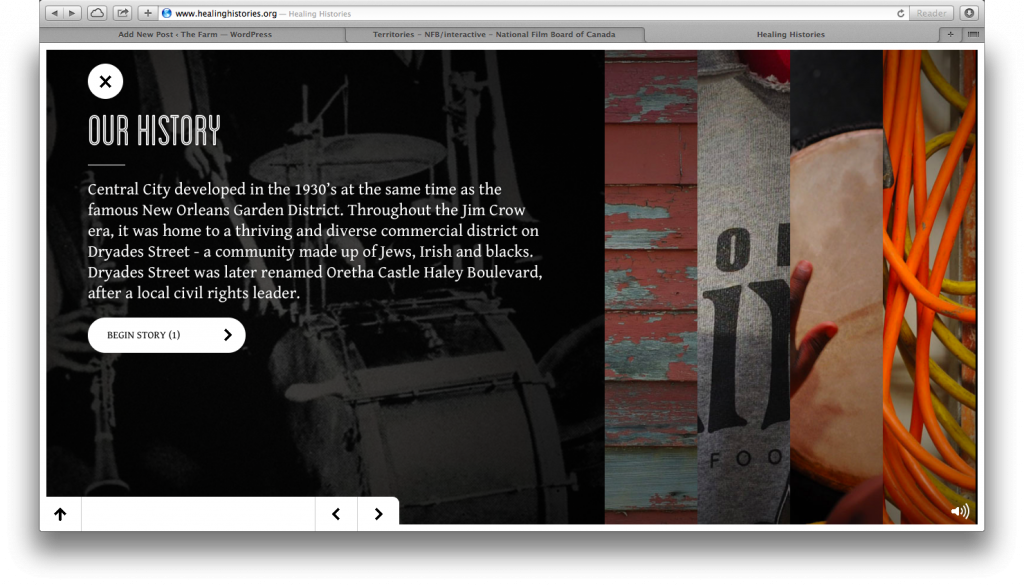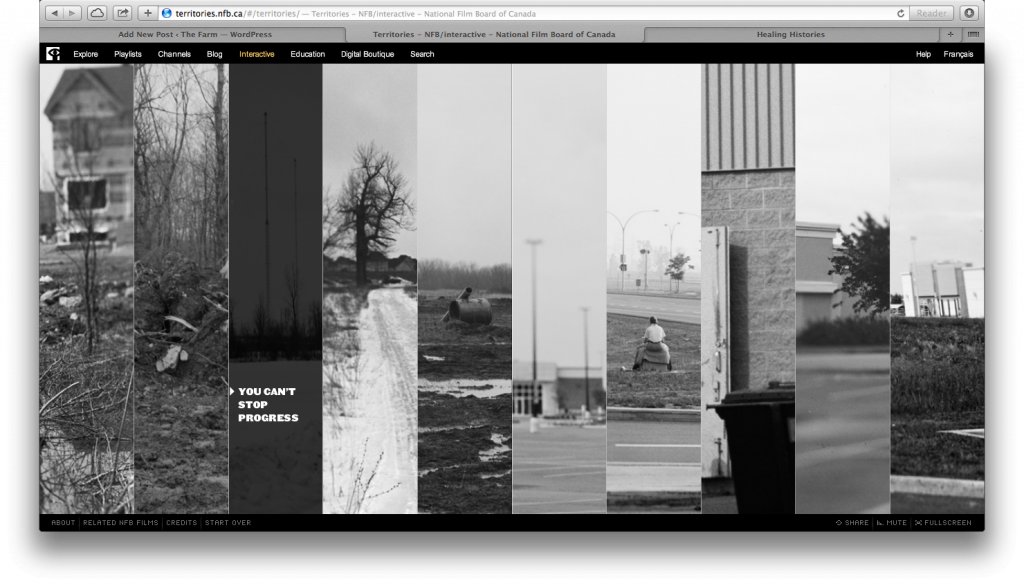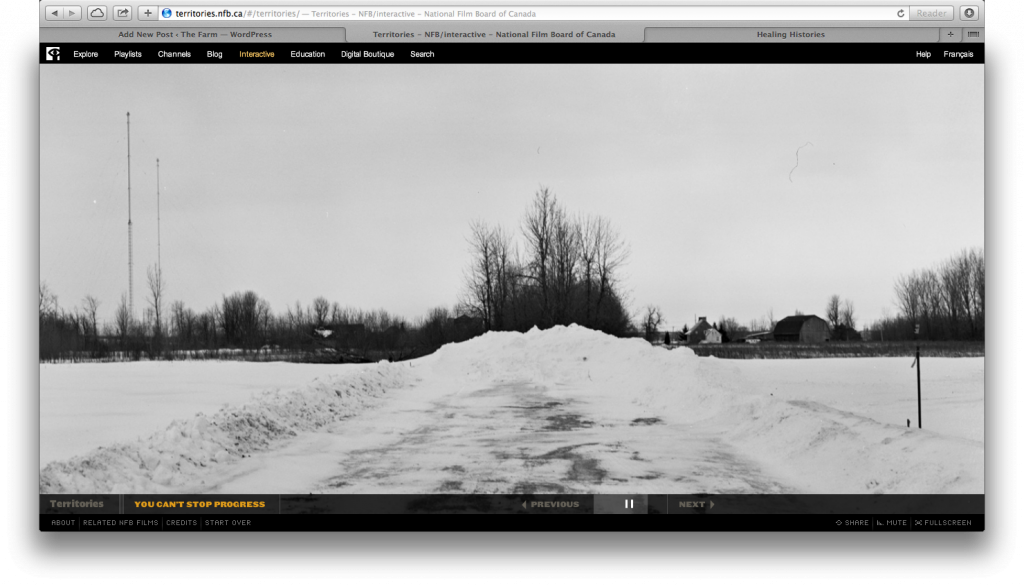Note: I found this draft post on my dashboard today. It’s from October 3, 2013. I finally decided to publish it.
As part of this project, I’ve been reviewing old video footage. My goal is to finally transcribe and properly document the materials that I have. Today, as I watched a group interview with some relatives from 2004 (I need to ask my dad to identify all of the wonderful women in this video), I was struck by a theme that came up more than once: the importance of remaining silent and not explicitly discussing what was going on. Several of the relatives suggested that it was part of the culture from the “old country” (Finland). You just knew that you weren’t supposed to say anything. One example involved Ines. One of the relatives used to visit the house and play with my Dad when they were kids. Every so often Ines would leave the room to go behind the curtain. She never said where she was going or why. She was taking care of Johanna who was bedridden and dying. But, she never said anything, because you didn’t talk about such things, you just did them.
This interview got me thinking about my own curiosity about Ines’ storytelling in her memoirs. So much is left out of her story. She mentions that her mother-in-law Johanna died in the early 60s, but she doesn’t describe how Johanna got sick or how long she was responsible for taking care of her. Could this be something that you didn’t talk about?



